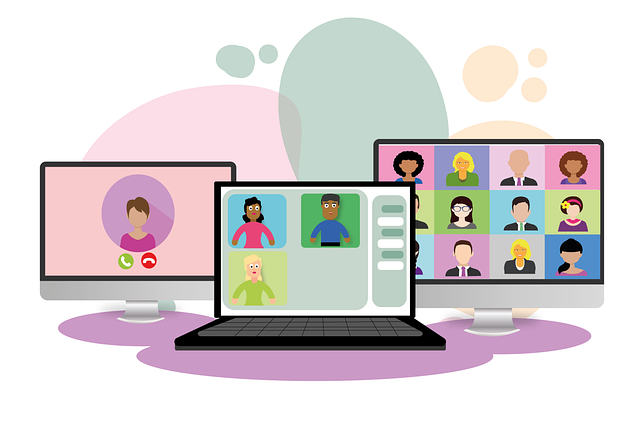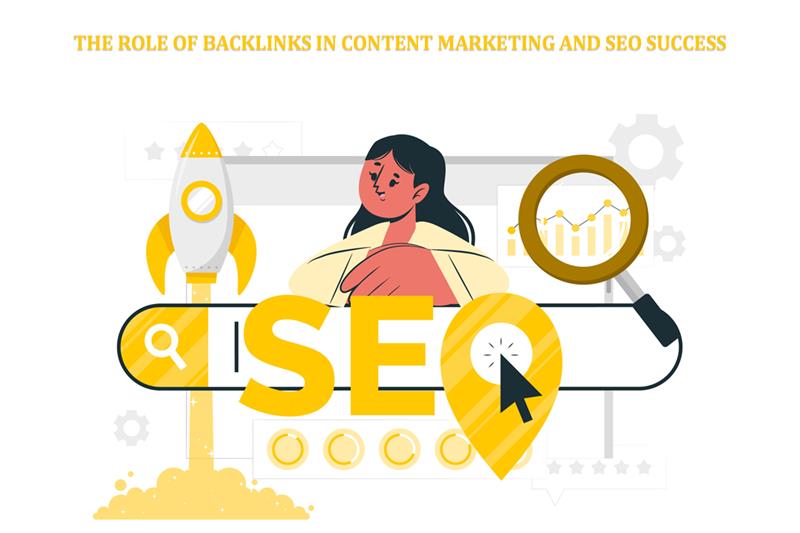Webinars are emerging as quintessential marketing campaigns and are gaining a significant following. This trend has been increasing since the onslaught of the COVID-19 pandemic as people aren’t able to come out of their homes. Retail stores are experiencing decreasing footfalls. And the deteriorating conditions imply that most people will work from their homes for the remainder of the year.
With improved internet connectivity, businesses are trying to become a part of their customer’s digital life. And webinars seem to be the best option. As per reports, 73{e68b7490c33b031e176c2bf33b49addad56d24bced82f0be9f22b910d6b7f66c} of B2B marketers believe that webinars are an ideal source for gaining high-quality leads. It is because webinars allow a one-to-one connection between the trainer and the audience. It provides a knowledge-sharing platform where participants interact with their peers and can also receive answers to their doubts live.
A webinar has the potential to obtain a long list of prospects that can be further nurtured into paying customers. Webinars cover a plethora of topics, ranging from business and sports to cooking and spirituality. People of all ages and companies of all sizes are trying their hands in webinars, and most of them see positive results.
A webinar allows you to share your knowledge with people and get them on board. With their increasing popularity, webinars have become a crucial part of the sales funnel. Gone are the days when conducting a webinar required an internet literate audience and massive investment from the host. Today, there are plenty of free resources to conduct webinars, and people are also participating in considerable numbers to increase their knowledge and skill-set.
This article will tell you the top 4 reasons why webinars are essential and should become a necessary part of your marketing strategy.
1. Webinars bring high-quality leads
There are numerous lead generating tools. Some of them are listed below:
a. Telemarketing
b. Cold calling
c. Word-of-mouth marketing
d. Email
e. Online surveys
f. Conferences & meetings
Webinars are also coming up as a useful marketing tool for generating high-quality leads. They are a digital alternative to physical conferences where people interact with the trainer and have a one-to-one session. Participants can ask questions instantly and get live solutions to their queries.
Customers gain immense knowledge and vast exposure and get to know the latest developments in their field. Owing to these reasons, participants develop a strong bond with the trainer and like attending more webinars in the future.
Other marketing platforms don’t guarantee a robust relationship between the company and its customers. It’s because they are passive mediums and fail to form a live relationship between the two parties. Also, they don’t provide enough opportunities for the company to follow up with the customer.
On the other hand, webinars allow companies to follow up every second. The sales team can send repeated notifications, reminders, and alerts to those who have signed up for the webinar daily/weekly/fortnightly/monthly or even an hour before the webinar will start.
Marketers understand the importance of following up. The more you follow-up your participants, the greater the chance that they will turn into loyal customers. And the more loyal customers you have, the more they will do word-of-mouth marketing. Since participants either have to spend nothing or a small registration fee, webinars are a treasure trove for you. They can bring in hordes of loyal customers.
Another thing that differentiates webinars from other marketing platforms is that webinars allow you to share your trade secrets in an engaging, fascinating, and exciting way. Therefore, participants get an opportunity to know the insider secrets and nitty-gritty of their respective industries. Other platforms aren’t as explicit as webinars. They provide theoretical knowledge instead of practical wisdom. Thus, webinars are the best way to get loyal customers who have deep trust in you and will likely remain with you for a longer time.
2. Webinars are free to attend
Is there anything better than a free live session?
Most live webinars are either free or charge a little amount to participate. But if you have high-grade content, excellent deliverable skills, and the knack to provide real-time solutions, then you can get a lot of leads.
Webinars can turn into a lead churning machine if you have a well oiled digital infrastructure and a high-performance team backing it up.
With a robust internet infrastructure, customers no longer have to see hazy videos or waste time buffering them. They can attend live webinars without any technical glitches and increase their knowledge base.
A few years back, when webinars were a new marketing source, customers had to pay a hefty participation fee. Also, the digital infrastructure wasn’t up to the mark. Thus, people couldn’t make full use of this medium and hesitated to participate.
Apart from technical defects, there were many other reasons as well. Webinars didn’t allow participants to ask questions or raise queries. Moreover, they couldn’t interact with their peers/fellow participants or post reviews after the webinar ended.
With the advent of first-grade technology, free data availability, and destruction caused by environmental factors (Such as the COVID-19 pandemic), webinars became more robust. today, they support numerous features that were unimaginable a few years back. Some of them are listed below:
a. Participants can raise queries on-the-spot and get real-time solutions.
b. Participants can get answers to long/complex questions through emails or live calling session.
c. Participants can interact with their peers and exchange information.
d. Webinars have a live Q&A session where the trainer addresses critical questions after the session is over.
e. Webinars have a recap session where the trainer discusses the session’s principal learnings and allows participants to make notes.
f. If a person fails to attend the webinar, they can watch/download the recorded version and ask questions later.
Webinars also allow you to share customer resources — eBooks, blogs, Word documents, PDFs, white papers, case studies, flowcharts, graphs, flyers, diagrams, statistics, etc. This makes it easy for the sales team to follow up on the participants and convert them into paying customers.
3. Customers can attend webinars from anywhere
Since webinars are conducted online, people can attend it from the comfort of their homes. They don’t have to stand in long queues or worry whether they will get the front seat or not. They can also save themselves from awkward situations such as blocking the way while entering the hall when the session has already begun.
Online webinars provide the liberty to attend from anywhere. The participants need to have a stable internet connection; that’s it. Nothing else is required. They can either attend the live webinar or download and view the recorded video if they are too busy.
The COVID-19 pandemic has only made the field more fertile for webinars. Today, when governments across the globe have restricted schools from opening, teachers are taking online classes. Students realize that they don’t have to depend on subpar teachers anymore. A student living in Nagaland can easily take up an online course in Economics from a teacher residing in Mumbai.
Businesses don’t need to limit themselves to a particular geography. A company operating in India can get leads from the U.S.A, Canada, Germany, or Australia. The following are the benefits of webinars:
a. Webinars have demolished the need for physical proximity. Customers don’t need to be present in a big banquet hall to attend a lecture.
b. Companies can save an enormous amount of money that is otherwise wasted on arranging physical infrastructure and display marketing and pass down the benefits to the end-customer by lowering the registration fee.
c. Webinars can support a massive number of participants at a single time. A robust server ensures that there is no maximum cap on the number of people who can join.
4. Webinars allow companies to do customer segmentation
People need to sign up and complete the registration before participating in the webinar. It allows companies to gather tons of customer-centric data and store it in a repository. When this data is fed in CRM systems, such as Sage CRM, it runs quantitative analysis and creates various customer segments and niches.
This segmentation allows companies to brainstorm marketing strategies and tweak future webinars accordingly.
For example, if most of your audience includes start-ups and SMEs, then your content and delivery style will be fast-paced, informative, inspirational, and high one energy. But if your audience comprises big companies and conglomerates, then your content will be medium-paced and solution-oriented.
By making appropriate changes to your content and delivery style, your popularity will grow, and you will rake in more customers.
Conclusion
The digital medium is gaining widespread popularity. Webinars have become the silver arrow in the marketing inventory. Patrick Whatman, Head of Content, Mention, said that a single webinar gets them between 500 to 1000 leads. If you haven’t already ventured into the world of webinars, it’s high time you do so.




